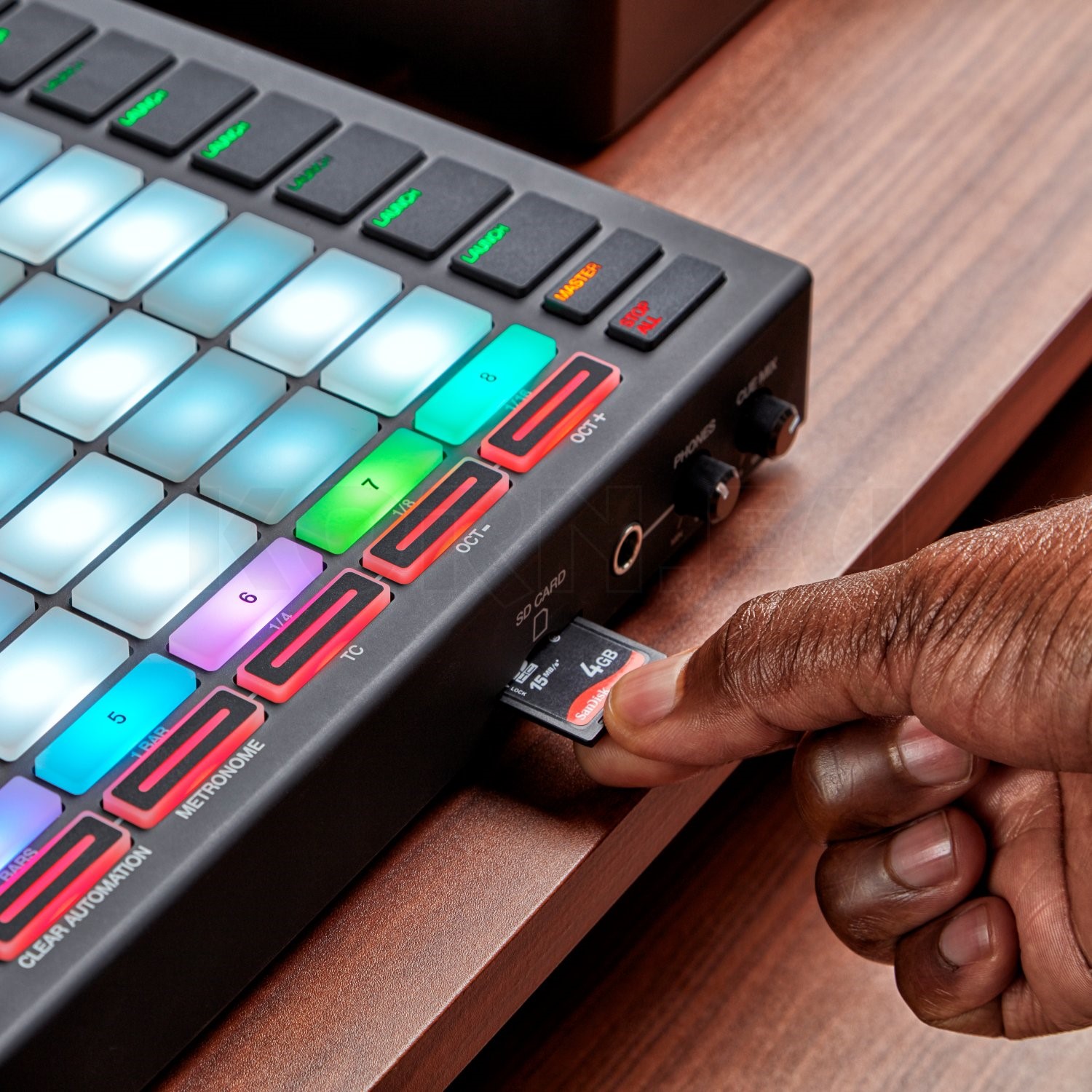


In fact the Force doubles as a Live controller, a job it can do at the same time as running stand-alone. This is not such a big departure when you consider that Akai created the first dedicated controller for Live (the APC40) and co-engineered the first Push. The Force doesn't share the MPC's name, but it does incorporate a lot of its technology, repurposed into a new framework that closely resembles Ableton Live's Session view. and it turns out they already had that product in mind. In previous conversations, the Akai team have been patient with me, suggesting that what I was looking for was essentially a different product.

But I've spent too long using grooveboxes and workstations based around clips, patterns and scenes. I spent a lot of time trying to get into the groove of MPC workflow I really wanted to like it because I love the self-contained hardware. But as innovative as they are, they consciously maintain the traditional working methods and project structure of the MPC, with its walled-off song sections. The current generation of MPCs, which started with the Touch then went stand-alone with the Live and MPC X, represent a big leap forward for the platform.


 0 kommentar(er)
0 kommentar(er)
